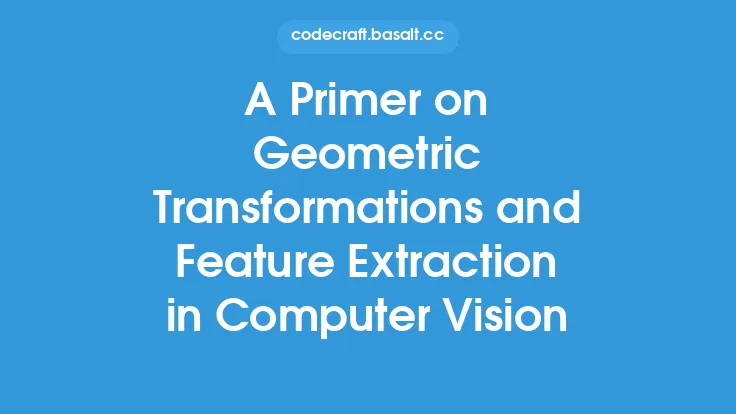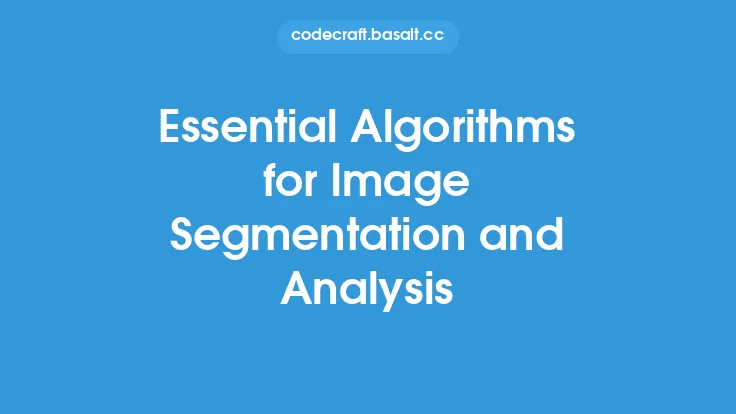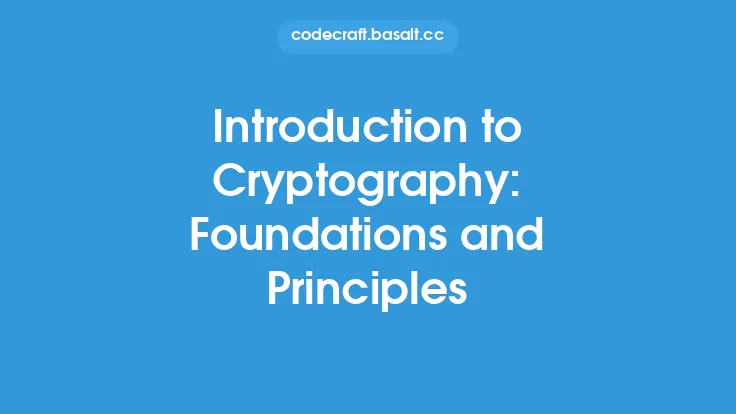Object detection and recognition are fundamental concepts in the field of computer vision, which is a subset of artificial intelligence. Computer vision enables computers to interpret and understand visual information from the world, allowing them to perform tasks that typically require human intelligence. Object detection and recognition are crucial components of computer vision, as they allow computers to locate and identify specific objects within images or videos. This ability has numerous applications in various fields, including robotics, surveillance, healthcare, and autonomous vehicles.
History of Object Detection and Recognition
The history of object detection and recognition dates back to the 1960s, when the first computer vision systems were developed. These early systems were based on simple image processing techniques and were limited in their ability to detect and recognize objects. In the 1980s, the development of edge detection algorithms and the introduction of the Hough transform marked significant advancements in object detection. The 1990s saw the emergence of more sophisticated techniques, including the use of neural networks and support vector machines. The 21st century has witnessed a surge in the development of deep learning-based approaches, which have revolutionized the field of object detection and recognition.
Key Concepts and Techniques
Object detection and recognition involve several key concepts and techniques. One of the most fundamental concepts is the idea of a "region of interest" (ROI), which refers to a specific area within an image that contains an object of interest. Object detection algorithms typically involve the following steps: (1) image preprocessing, (2) feature extraction, (3) object proposal generation, and (4) classification. Image preprocessing involves enhancing the quality of the input image, while feature extraction involves extracting relevant features from the image. Object proposal generation involves identifying potential regions of interest, and classification involves assigning a label to each region of interest.
Object Detection Algorithms
There are several object detection algorithms, each with its strengths and weaknesses. Some of the most popular algorithms include: (1) YOLO (You Only Look Once), (2) SSD (Single Shot Detector), (3) Faster R-CNN (Region-based Convolutional Neural Networks), and (4) RetinaNet. YOLO is a real-time object detection algorithm that detects objects in one pass without generating region proposals. SSD is another real-time algorithm that uses a single neural network to predict object locations and classes. Faster R-CNN is a state-of-the-art algorithm that uses a region proposal network to generate region proposals and a Fast R-CNN network to classify objects. RetinaNet is a novel algorithm that uses a focal loss function to handle class imbalance problems.
Object Recognition Techniques
Object recognition involves assigning a label to an object based on its visual appearance. There are several object recognition techniques, including: (1) template matching, (2) feature-based recognition, and (3) deep learning-based recognition. Template matching involves comparing an input image to a set of predefined templates to determine the best match. Feature-based recognition involves extracting features from an input image and comparing them to a set of predefined features to determine the best match. Deep learning-based recognition involves using a neural network to learn a representation of an object and classify it accordingly.
Applications of Object Detection and Recognition
Object detection and recognition have numerous applications in various fields, including: (1) robotics, (2) surveillance, (3) healthcare, and (4) autonomous vehicles. In robotics, object detection and recognition are used to enable robots to interact with their environment and perform tasks such as grasping and manipulation. In surveillance, object detection and recognition are used to detect and track objects of interest, such as people or vehicles. In healthcare, object detection and recognition are used to analyze medical images and detect abnormalities, such as tumors or fractures. In autonomous vehicles, object detection and recognition are used to detect and respond to objects in the environment, such as pedestrians, cars, or road signs.
Challenges and Limitations
Despite the significant advancements in object detection and recognition, there are still several challenges and limitations that need to be addressed. One of the major challenges is the issue of class imbalance, where the number of positive examples is significantly smaller than the number of negative examples. Another challenge is the issue of occlusion, where objects are partially or fully occluded by other objects. Additionally, object detection and recognition algorithms can be computationally expensive and require significant computational resources. Finally, the lack of large-scale datasets and benchmarks can make it difficult to evaluate and compare the performance of different algorithms.
Future Directions
The future of object detection and recognition is exciting and promising. One of the major trends is the use of deep learning-based approaches, which have shown significant improvements in performance and efficiency. Another trend is the use of transfer learning, which involves pre-training a model on a large dataset and fine-tuning it on a smaller dataset. Additionally, there is a growing interest in using object detection and recognition in edge devices, such as smartphones and smart home devices. Finally, the development of more sophisticated datasets and benchmarks will enable researchers to evaluate and compare the performance of different algorithms more effectively.





